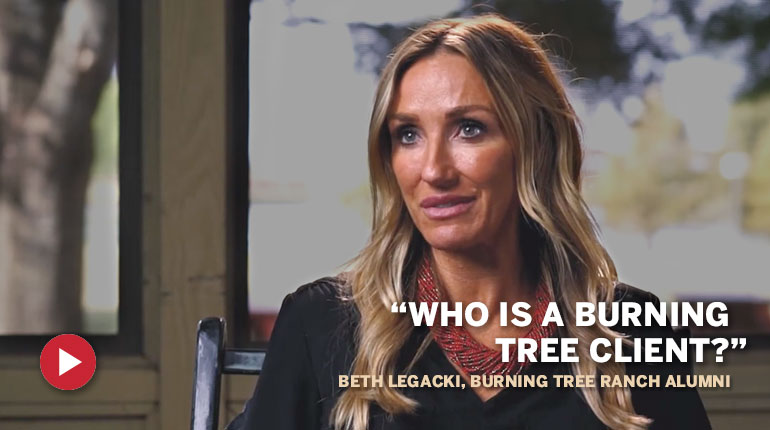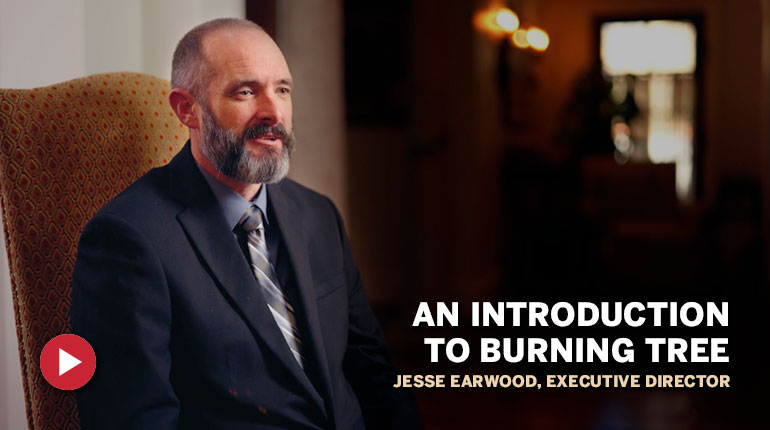Many times have I heard a parent, spouse, or friend of an alcohol-dependent loved-one say, “At least it’s not cocaine, heroin, or prescription drugs.”
The usual next step in the conversation revolves around a very bottom-line education. Because despite what the media tells us alcohol is, by far, the most widely abused substance in the Nation. Yet very few people seem to know this. And even fewer seek to call it out.
Here, I present a structured overview of the prevalence and impact of alcohol use disorder (AUD) on the people who are affected by it. The information I will share below is the same information I share with the families I engage with professionally.
Nine times out of ten, families are shocked to learn that alcohol leads the pack in terms of widespread, overwhelming levels of abuse. No other substance even comes close.

Statistics on Alcohol Use Disorder (AUD) Versus Other Substances
Alcohol Use Disorder (AUD)
- Source: National Institute on Alcohol Abuse and Alcoholism (NIAAA), 2019.
- Prevalence: 14.5 million Americans aged 12 and older.
Percentage of the Population: 5.6% affected by AUD. - Annual Deaths: Approximately 95,000 alcohol-related deaths.
- Economic Impact: AUD costs the U.S. economy around $249 billion annually.
Opioid and Prescription Drug Misuse
- Source: National Survey on Drug Use and Health (NSDUH), 2019.
- Misuse Prevalence: Around 10.1 million people aged 12 or older misused opioids.
- Annual Overdose Deaths: Nearly 50,000 from opioids, including prescription opioids and heroin.
- Economic Impact: The opioid epidemic’s economic toll exceeded $500 billion in 2015.
Other Substance Use Disorders
Cannabis
- Source: NSDUH, 2019.
- Current Users: Approximately 48.2 million.
- Estimated Dependence/Abuse: 4 million people.
Cocaine Use Disorder
- Source: NSDUH, 2019.
- Prevalence: 1 million people aged 12 or older.
Methamphetamine Use Disorder
- Source: NSDUH, 2019.
- Prevalence: About 1.1 million people aged 12 or older.
Key Takeaways from the Data on Substance Use
Widespread Alcohol Use: The NIAAA’s 2019 data reveal a high prevalence of AUD, overshadowing the misuse of prescription drugs and other substances in terms of population percentage and economic impact.
Prescription Opioids: Despite the grave concern surrounding the opioid epidemic, highlighted by NSDUH’s 2019 findings, the sheer scale of AUD in terms of both human and economic costs remains unparalleled.
Comparative Substance Use: While millions engage in the use of cannabis, cocaine, and methamphetamines, the dependency rates and broader societal impacts of these substances do not reach the magnitude of those associated with alcohol, as reported by NSDUH.
The juxtaposition of these statistics emphasizes the critical need for an integrative approach to treating alcohol misuse alongside other substance abuse disorders. As an addiction counselor, I witness firsthand the devastating effects of AUD on individuals, families, and communities. We must leverage this data to foster awareness, inform policy, and drive effective intervention strategies.

The Harsh Realities of Alcohol Use Disorder in the Family
The hardest thing to witness is a parent struggling to find answers for a child. For parents, the potential harms caused by AUD present a harrowing scenario, laden with fear, uncertainty, and the daunting task of navigating a path to recovery for their loved one. Here are some of the scariest aspects of AUD that I have supported parents in confronting:
Loss of Potential
Watching a child struggle with AUD can be heart-wrenching. The disease can derail life’s plans, halt educational pursuits, and squander talents. The realization that your child’s potential might be compromised by addiction is a profound fear for any parent.
Health Deterioration
The physical toll of AUD is alarming. Liver disease, cardiovascular problems, and increased risk of cancer are just a few of the health consequences. The thought of these irreversible conditions afflicting your child is terrifying and can cause immense worry about their long-term well-being.
Behavioral Changes and Safety Concerns
AUD can lead to drastic changes in behavior, including aggression, recklessness, and impaired judgment. This can put the individual in dangerous situations, from driving under the influence to engaging in risky behaviors. The fear of receiving a devastating phone call in the middle of the night is a constant anxiety for parents.
Mental Health Decline
Alcohol abuse is closely linked with mental health disorders such as depression and anxiety. The possibility of suicide or self-harm increases, adding another layer of fear for parents who are already struggling to help their children manage AUD.
The Ripple Effect on Family Dynamics
AUD doesn’t just affect the individual; it impacts the entire family. Relationships can become strained, leading to broken homes, financial strain, and emotional distress for other siblings. Witnessing the deterioration of family bonds and the home environment can be one of the most distressing experiences for a parent.
The Role of the Family in Recovery
Confronting these fears is part of the journey towards recovery. It’s a path fraught with challenges, but as a counselor, I’ve also witnessed the resilience of families and the possibility of healing. Open communication, education about AUD, seeking professional help, and finding a supportive community can empower parents and their children to navigate this difficult journey together.
As a licensed addiction counselor, my role is to guide, support, and provide the tools necessary for recovery, but the family’s role is even more critical. From where I sit, the family must take the lead in educating themselves on the stark realities of addiction.

Facing Facts: The Deadliness of Alcohol Use Disorder
Speaking of stark realities, I’ve delved deep into the harrowing consequences of untreated Alcohol Use Disorder (AUD). The statistics regarding alcohol-related deaths are not just numbers; they represent lives, families, and communities affected by the loss. Here are the top 5 leading causes of death related to alcohol use:
Liver Disease (including Cirrhosis)
Chronic liver conditions, notably cirrhosis, are a primary cause of alcohol-related mortality. Excessive alcohol consumption severely damages the liver, leading to fatal outcomes. According to the Centers for Disease Control and Prevention (CDC), alcohol-related liver disease accounts for approximately 22,000 deaths annually in the United States.
Cancer Risk
The link between alcohol consumption and cancer is well-documented, with alcohol being a known risk factor for several types of cancer, including but not limited to liver, breast, esophagus, colorectal, and head and neck cancers. The National Cancer Institute (NCI) reports that alcohol-related cancers are responsible for about 19,500 deaths each year.
Cardiovascular & Heart Disease
Excessive alcohol intake can lead to a spectrum of cardiovascular issues, contributing significantly to heart disease-related fatalities. While some studies suggest a possible protective effect of moderate drinking on heart health, the consensus acknowledges the danger of heavy consumption. Research indicates that alcohol-related cardiovascular diseases cause an estimated 26,000 deaths annually.
Alcohol-Related Accidents & Injuries
Impairment from alcohol significantly increases the risk of fatal accidents and injuries, including traffic collisions, falls, and drownings. The National Highway Traffic Safety Administration (NHTSA) has highlighted that alcohol-impaired driving fatalities represent approximately 10,142 deaths per year, underscoring the severe risk alcohol poses on the road.
Mental Health & Suicide
The intersection of AUD, excessive drinking, and mental health disorders, particularly depression and anxiety, heightens the risk of suicide. The Substance Abuse and Mental Health Services Administration (SAMHSA) recognizes the profound impact of substance abuse on suicide risk. It’s estimated that alcohol-related suicides account for around 7,000 deaths each year in the U.S.
Illuminating the Consequences
These figures illuminate the dire consequences of alcohol misuse. At Burning Tree Ranch, we often encounter the human stories behind these statistics—individuals and families grappling with the fallout of AUD and alcohol misuse.
Highlighting these numbers is not just about presenting data; it’s about reinforcing the urgency for comprehensive prevention, intervention, and support services to address this pervasive public health issue.

Resources for Families Dealing with Alcohol Use Disorder
Finding the right resources and support can be a crucial step for individuals and families dealing with Alcohol Use Disorder (AUD). Here is a list of reputable resources that offer information, treatment options, and support for those affected by AUD:
National Institute on Alcohol Abuse and Alcoholism (NIAAA)
- Website: www.niaaa.nih.gov
- Description: NIAAA provides a wealth of information on drinking alcohol, its effects, and treatment options available for AUD.
Alcoholics Anonymous (AA)
- Website: www.aa.org
- Description: AA is an international fellowship of individuals with a drinking problem. It is nonprofessional, self-supporting, multiracial, apolitical, and available almost everywhere.
- Note: Use the website to find local AA meetings.
Substance Abuse and Mental Health Services Administration (SAMHSA)
- National Helpline: 1-800-662-HELP (4357)
- Website: www.samhsa.gov
- Description: SAMHSA’s National Helpline offers free, confidential treatment referral and information services for individuals and families facing mental and/or substance use disorders.
- Contact Information: 1-800-662-HELP (4357)
Al-Anon Family Groups
- Website: www.al-anon.org
- Description: Al-Anon supports anyone affected by a relative or friend’s drinking. There are no membership fees.
- Note: Use the website to find local Al-Anon meetings.
American Society of Addiction Medicine (ASAM)
- Website: www.asam.org
- Description: ASAM is a professional society representing over 6,000 physicians, clinicians, and associated professionals in addiction medicine.
National Association for Children of Alcoholics (NACoA)
- Website: www.nacoa.org
- Description: NACoA focuses on the needs of children growing up in families affected by alcoholism or drug dependence.
- Contact Information: Visit their website for resources and support.
Sparing a Moment For The Lives Already Lost to Alcohol Addiction
My final thoughts are with the family member who has already lost a loved one to addiction. I won’t pretend to know your terrible pain.
Whether alcohol or any other substance, the bottom line is this: addiction ruins lives by the millions.
While we cannot help the ones we have already lost, we can serve the ones still living. I am a big believer in taking an all-hands-on-deck approach to recovery from any type of substance use disorder.
Becoming educated has proven itself the number one defense against addiction. The more we know, and the more we arm ourselves with the facts, the better we can be at interrupting the vicious consequences of addiction.
Until Next Time,
Brook




